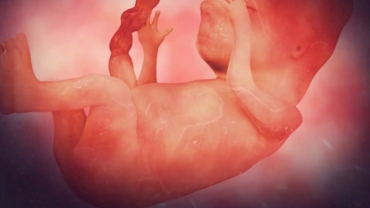Women respond differently to the pain of labor and delivery. Pain control options during labor and delivery are a personal choice, and a birth plan can typically be individualized according to a woman's wishes, but the circumstances of labor and individual medical conditions can sometimes determine what pain relief options are indicated.
Available medical pain control options range from pain control medications to nerve blocks and anesthesia. It is helpful to discuss your preferences with your health care professional in advance so that your questions can be fully answered and your wishes can be expressed.
Of course, during your labor, your health care professional will assess your progress and determine how you are feeling. It's fine to change your mind about pain relief options even during labor. Consequently, understanding the various options for pain control will help you make an informed decision.
What pain relief options are available during childbirth?
Local anesthesia may be used by your health care provider during delivery to numb a painful area in or around the vagina if stitches are needed. Local medications do not reduce discomfort during labor.
Regional anesthesia (also called an epidural or spinal anesthesia) is administered by an anesthesiologist (a doctor who delivers pain medicine) during labor to reduce discomfort. In both epidural and spinal anesthesia, medications are placed near the nerves in your lower back to "block" pain in a wide region of your body while you stay awake. Regional anesthesia greatly reduces pain throughout the birthing process. It can also be used if a cesarean birth becomes necessary.
General anesthesia puts you to sleep during the birthing process. While safe, general anesthesia is rarely used and only during emergencies because it prevents you from seeing your child immediately after birth.
- 3801 views













